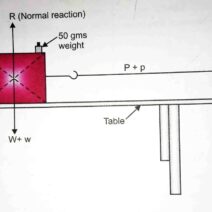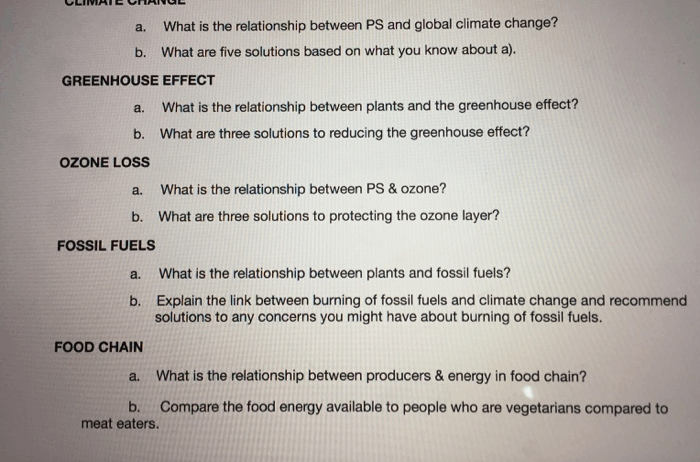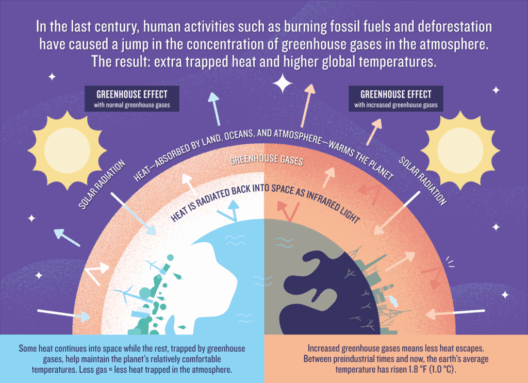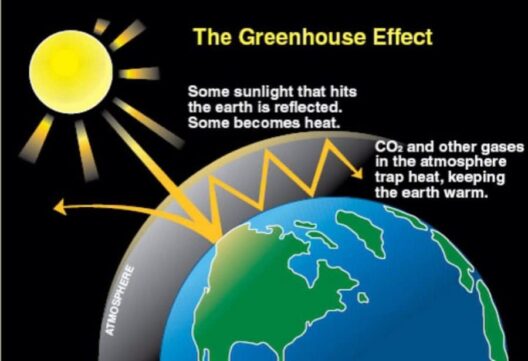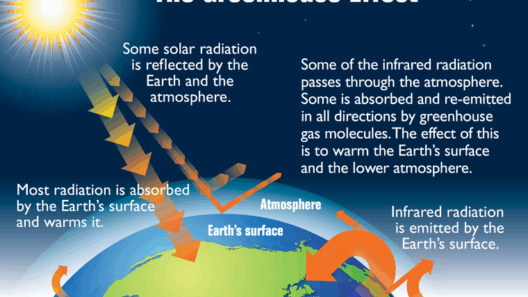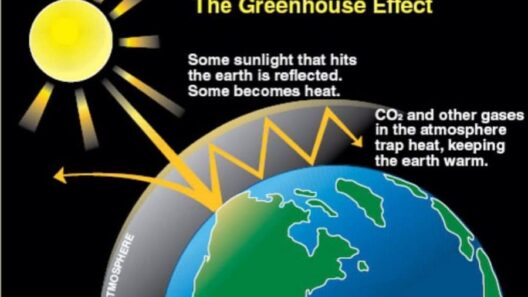Climate change poses a formidable challenge to our planet, with the greenhouse effect being a principal contributor. This phenomenon occurs when greenhouse gases (GHGs) such as carbon dioxide, methane, and nitrous oxide trap heat in the Earth’s atmosphere, leading to global warming and various environmental repercussions. To combat this escalating crisis, a multi-faceted approach is required. Here, we explore practical solutions that can decrease the greenhouse effect and foster a sustainable future.
Understanding the greenhouse effect is essential to appreciate the urgency of these solutions. GHGs are emitted through human activities, including burning fossil fuels, deforestation, and industrial processes. By implementing strategies to mitigate these emissions, we can collectively work towards a healthier planet for future generations.
Embracing Renewable Energy Sources
One of the most effective ways to reduce greenhouse gas emissions is by transitioning from fossil fuels to renewable energy sources. Solar, wind, hydroelectric, and geothermal energy offer sustainable alternatives to carbon-intensive energy generation.
Solar Energy Revolution
Solar panels convert sunlight into electricity, providing a clean and inexhaustible energy source. Governments and homeowners alike are increasingly adopting solar technology. Financial incentives, such as tax credits and rebates, can encourage further investment in solar energy systems, making them more accessible and affordable.
Wind Power Utilization
Wind turbines harness the kinetic energy of wind, transforming it into clean electricity. Offshore and onshore wind farms are proliferating in various regions, significantly contributing to energy diversity. Continuous advancements in turbine technology have made wind power more efficient and cost-effective.
Maximizing Energy Efficiency
Beyond the shift to renewable energy, enhancing energy efficiency is crucial for reducing overall GHG emissions. This can be achieved through adopting energy-efficient appliances, improving insulation in buildings, and utilizing energy-smart technologies.
Smart Home Technologies
Integrating smart technologies into households can greatly minimize energy consumption. Smart thermostats, LED lighting, and energy monitoring systems enable consumers to make informed choices about energy use. Furthermore, these technologies often lead to significant cost reductions on energy bills.
Transportation Transformation
Transportation is a major contributor to greenhouse gas emissions, predominantly due to the reliance on gasoline and diesel-fueled vehicles. Transitioning to more sustainable modes of transportation is vital for mitigating climate change.
Electrification of the Automotive Sector
The rise of electric vehicles (EVs) plays a critical role in reducing transportation emissions. By making the switch from conventional vehicles to EVs powered by renewable energy, individuals can diminish their carbon footprint. Governments should continue to invest in charging infrastructure to support the widespread adoption of electric vehicles.
Public Transit Improvements
Encouraging the use of public transportation can significantly decrease emissions from individual vehicle use. Governments should invest in efficient and reliable public transport systems, making them more appealing to the general populace. Initiatives like bus rapid transit (BRT) can provide a quick, convenient commuting option while reducing vehicle emissions.
Promoting Cycling and Walking
Revamping urban spaces to be more bike- and pedestrian-friendly is another vital strategy. Investing in infrastructure such as dedicated bike paths, pedestrian walkways, and safe crossing areas can encourage people to opt for cycling or walking rather than driving. This simple shift can not only improve public health but also reduce carbon emissions.
Enhancing Carbon Sinks
Nature has a remarkable ability to absorb carbon dioxide through various processes. By protecting and revitalizing our natural carbon sinks—forests, wetlands, and oceans—we can effectively counteract some emissions.
Forest Conservation and Reforestation
Forests play a pivotal role in sequestering carbon. Deforestation not only releases stored carbon but also diminishes nature’s capacity to absorb future emissions. Governments and organizations should prioritize conservation efforts and engage in robust reforestation initiatives. Planting native tree species can strengthen ecosystems and enhance biodiversity.
Wetland Restoration
Wetlands are vital for carbon storage, water filtration, and habitat preservation. Their restoration can yield multifaceted environmental benefits. By rehabilitating degraded wetlands, we not only mitigate emissions but also improve local water quality and create environments conducive to diverse wildlife.
Innovative Agricultural Practices
Agriculture is both a contributor to and a victim of climate change. Implementing sustainable practices can significantly mitigate greenhouse gas emissions while promoting food security.
Regenerative Agriculture
By focusing on soil health, regenerative agriculture emphasizes practices that enhance biodiversity, improve soil structure, and sequester carbon. Practices such as crop rotation, cover cropping, and agroforestry can effectively reduce emissions while fostering resilient ecosystems.
Reducing Food Waste
Food waste contributes to emissions at multiple levels, from production to disposal. By addressing this issue through education, technology, and policy, we can alleviate pressure on food systems and cut down on GHG emissions. Encouraging individuals and businesses to adopt waste-reduction practices can make a significant difference.
Conclusion
Reducing the greenhouse effect and combating climate change necessitates a collective effort across various sectors of society. By embracing renewable energy sources, maximizing energy efficiency, transforming transportation methods, enhancing carbon sinks, and promoting sustainable agricultural practices, we can forge a path toward a more sustainable and resilient future. It is imperative that stakeholders, from governments to individuals, take actionable steps to implement these practical solutions, ensuring a healthy planet for generations to come.

